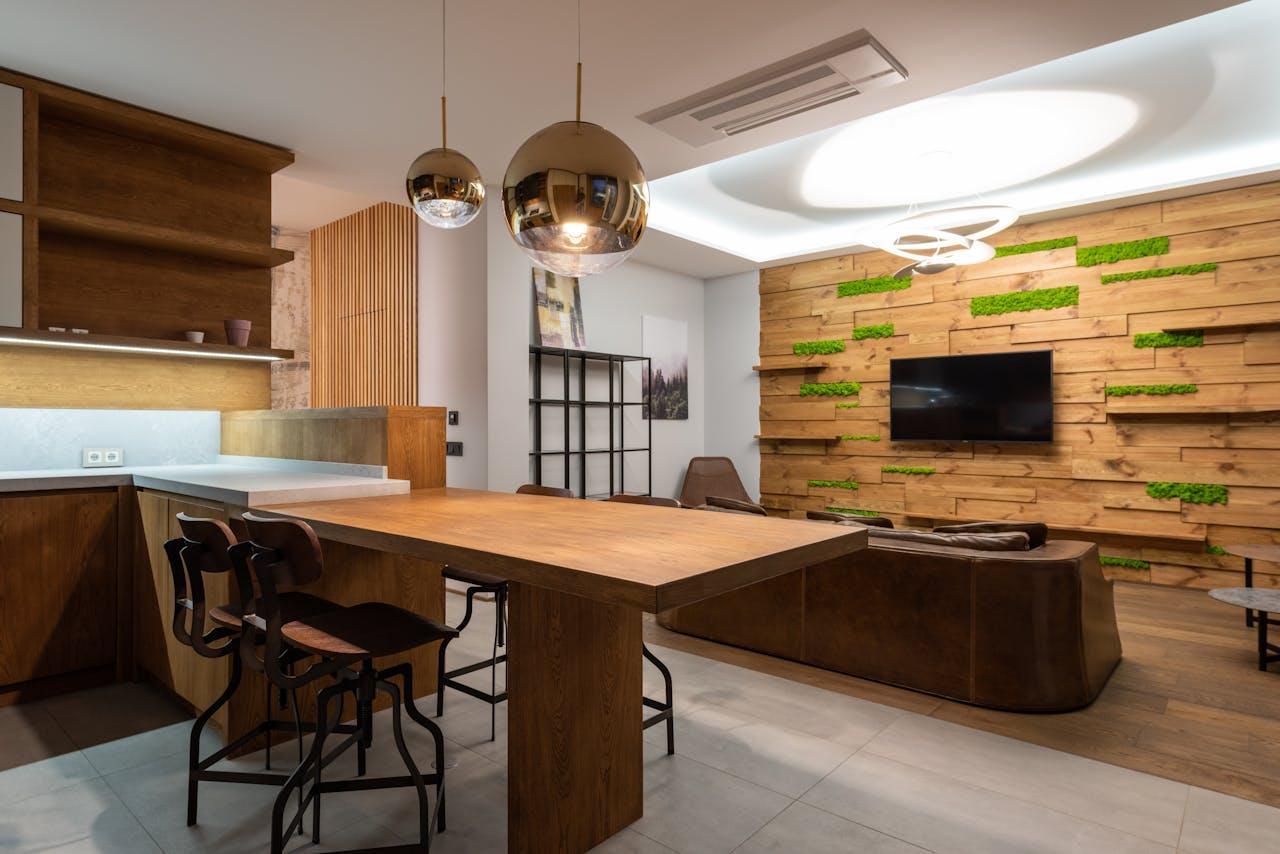Wooden furniture has been a staple in homes for centuries, transcending cultures, styles, and trends. Its enduring popularity is no accident—wood combines durability, versatility, and natural beauty in a way that few materials can match. From rustic farmhouse tables to sleek mid-century modern chairs, wooden pieces bring both function and character to any space.
A Brief History of Wooden Furniture
The history of wooden furniture stretches back thousands of years. Ancient Egyptians crafted intricate stools and chests from native woods like acacia and cedar. In medieval Europe, heavy oak tables and benches symbolized wealth and permanence. By the 18th and 19th centuries, advances in joinery and finishing allowed artisans to create more delicate, ornate designs, marking the rise of styles such as Queen Anne, Chippendale, and Victorian.
Even as industrial manufacturing and synthetic materials emerged in the 20th century, wood remained a preferred choice for its authenticity and tactile warmth. Today, wooden furniture bridges the gap between heritage and modernity, appearing in both traditional and contemporary interiors.
Why Wood Stands Out

The lasting appeal of wooden furniture comes down to several key qualities:
- Durability – Solid wood furniture, when properly cared for, can last generations. Hardwoods like oak, maple, walnut, and teak are especially prized for their strength.
- Aesthetic Versatility – Wood can be stained, painted, carved, or left in its natural state, fitting into almost any décor style.
- Natural Beauty – Each plank of wood is unique, with distinctive grain patterns and color variations that lend a one-of-a-kind charm.
- Repairability – Unlike many synthetic materials, wood can often be sanded, refinished, or repaired if damaged.
- Sustainability – Responsibly sourced wood is renewable, and many manufacturers now use reclaimed or recycled timber to reduce environmental impact.
Types of Wood Used in Furniture
Not all wood is created equal, and the choice of material influences both the appearance and performance of a piece.
- Hardwoods: Oak, maple, walnut, cherry, and mahogany are dense, durable, and often used for high-quality furniture. They resist wear well and can handle everyday use.
- Softwoods: Pine, cedar, and fir are lighter and generally less expensive. While not as hard-wearing as hardwoods, they can still make beautiful furniture, especially for casual or rustic designs.
- Engineered Wood: Plywood, MDF (medium-density fiberboard), and particle board are made from wood fibers or veneers bonded together. These are more affordable and stable in varying humidity but lack the longevity of solid wood.
Popular Styles of Wooden Furniture
Wood adapts to a wide range of styles, allowing it to fit seamlessly into different interiors:
- Rustic/Farmhouse – Emphasizes natural textures, knots, and imperfections; often uses reclaimed wood.
- Mid-Century Modern – Clean lines, tapered legs, and rich walnut or teak finishes.
- Traditional – Ornate carvings, curved lines, and dark stains.
- Minimalist/Scandinavian – Light woods like birch or ash, simple forms, and a focus on functionality.
- Industrial – Combines wood with metal for a rugged, urban look.
Caring for Wooden Furniture
Wood is resilient, but it does require care to maintain its beauty:
- Clean Gently – Use a soft cloth and mild soap solution. Avoid soaking wood, as excessive moisture can cause warping.
- Control Humidity – Wood expands and contracts with changes in humidity; keeping a consistent environment reduces cracking and swelling.
- Protect Surfaces – Use coasters, placemats, and tablecloths to prevent scratches, stains, and heat damage.
- Polish or Oil – Periodically applying wood polish or oil can nourish the wood and enhance its sheen.
- Refinish When Needed – If the surface becomes worn, sanding and refinishing can restore it to like-new condition.
Sustainability and Ethical Choices
With growing awareness of environmental concerns, consumers are increasingly seeking eco-friendly wooden furniture. Look for certifications such as FSC (Forest Stewardship Council), which ensures that wood comes from responsibly managed forests. Reclaimed wood furniture offers an environmentally responsible choice, giving new life to timber salvaged from old buildings, ships, or barns. For example, many wood furniture Los Angeles workshops specialize in crafting pieces from locally reclaimed materials, blending style with sustainability.
Why Wooden Furniture Remains Timeless
Trends in interior design come and go, but wooden furniture retains its place in homes worldwide. Its ability to balance utility with artistry, to adapt to changing tastes, and to stand the test of time makes it a wise investment. Whether you’re furnishing a new apartment or adding a statement piece to your living room, a well-crafted wooden table, chair, or cabinet offers more than just function—it becomes part of the story of your home.
In an age when disposable furniture is common, choosing wood is a commitment to quality, sustainability, and beauty. Like the trees it comes from, wooden furniture grows richer and more characterful with age, proving that some things truly do get better over time.

